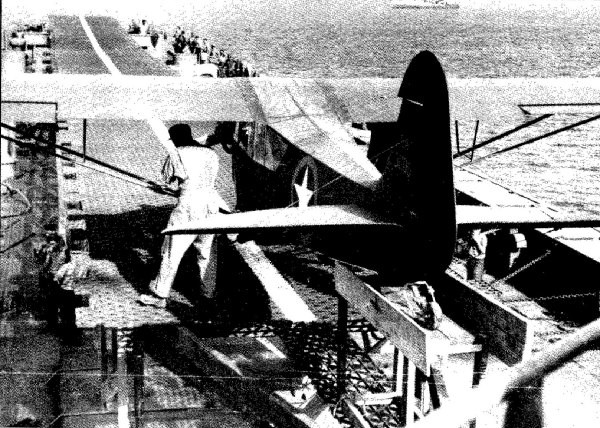


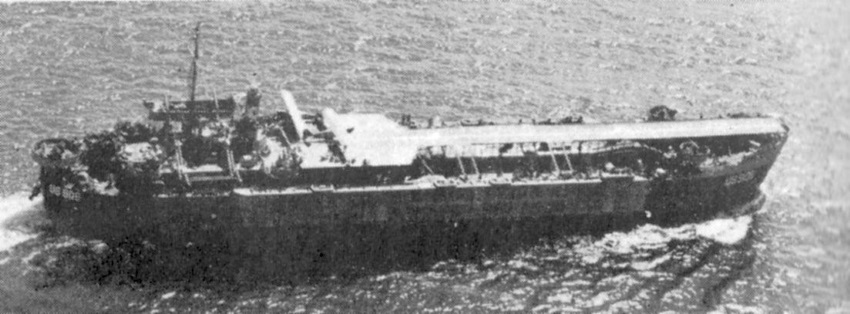
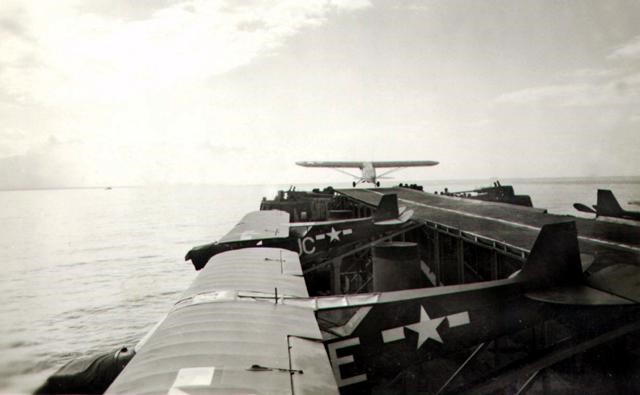
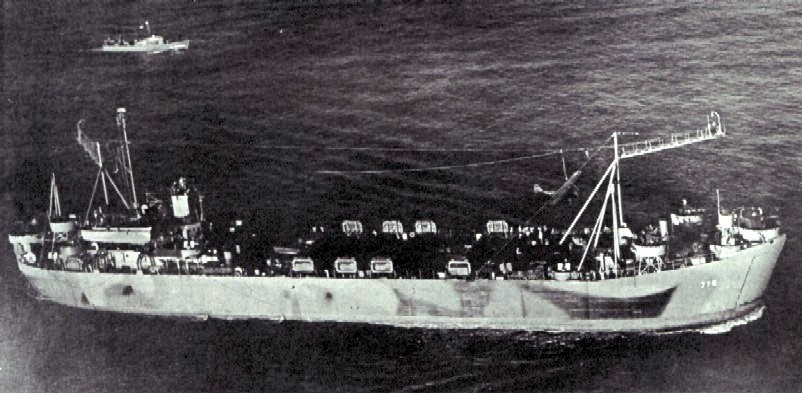
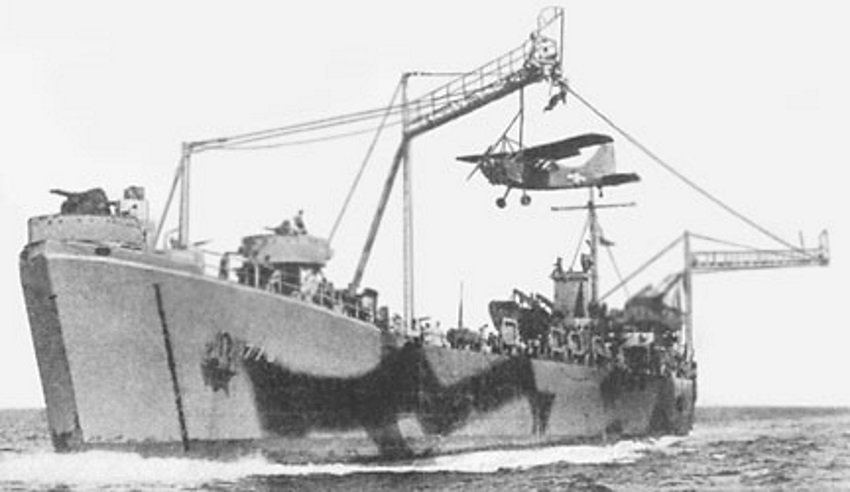
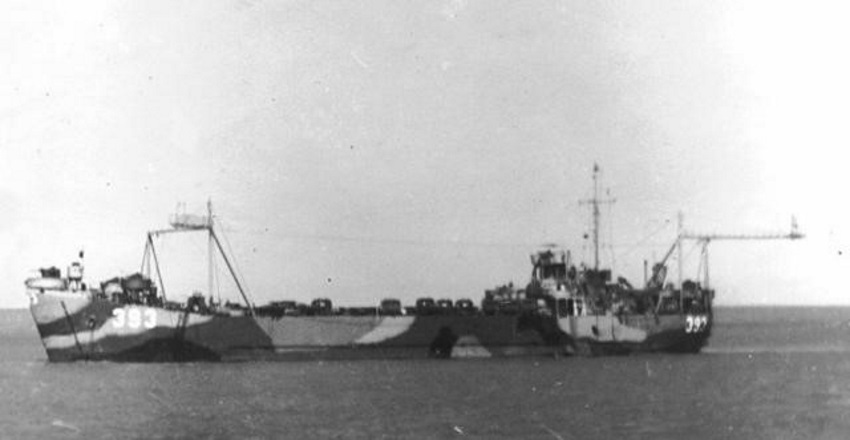
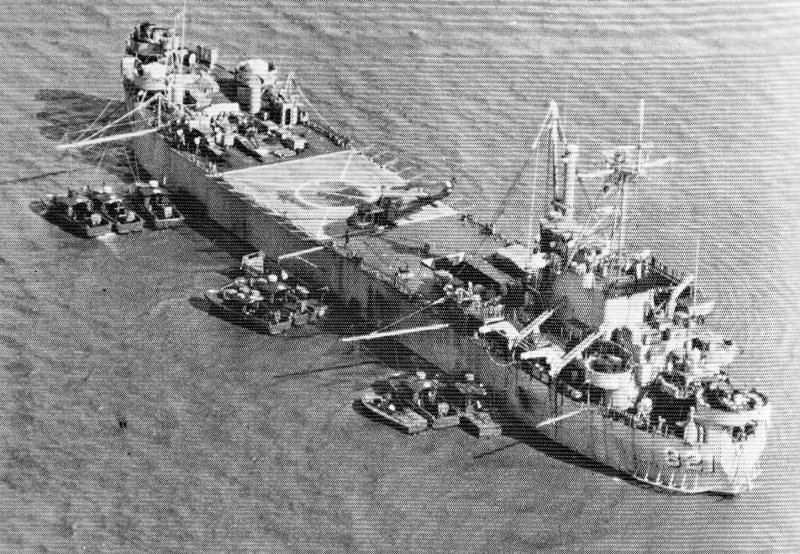
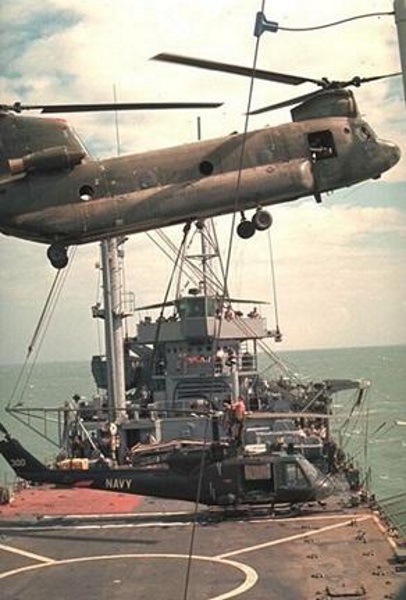
| lime: | Excellent source, hardly any errors |
| green: | Very good source, only very few errors |
| black or blue: | Quality of this source is not yet mentioned |
| orange: | Good source, some errors |
| red: | Source cmay ontain some true facts. All facts need to be checked. |